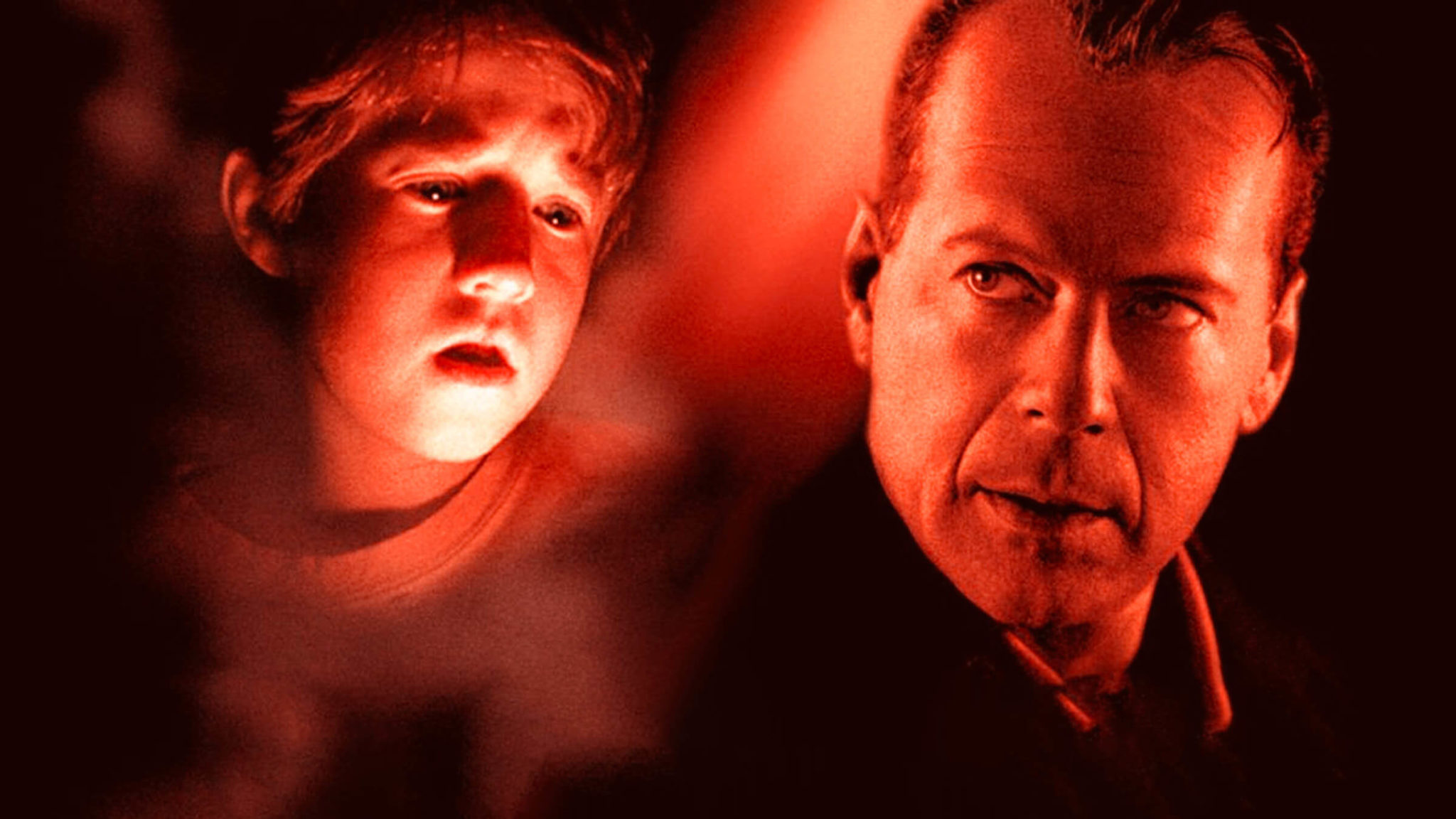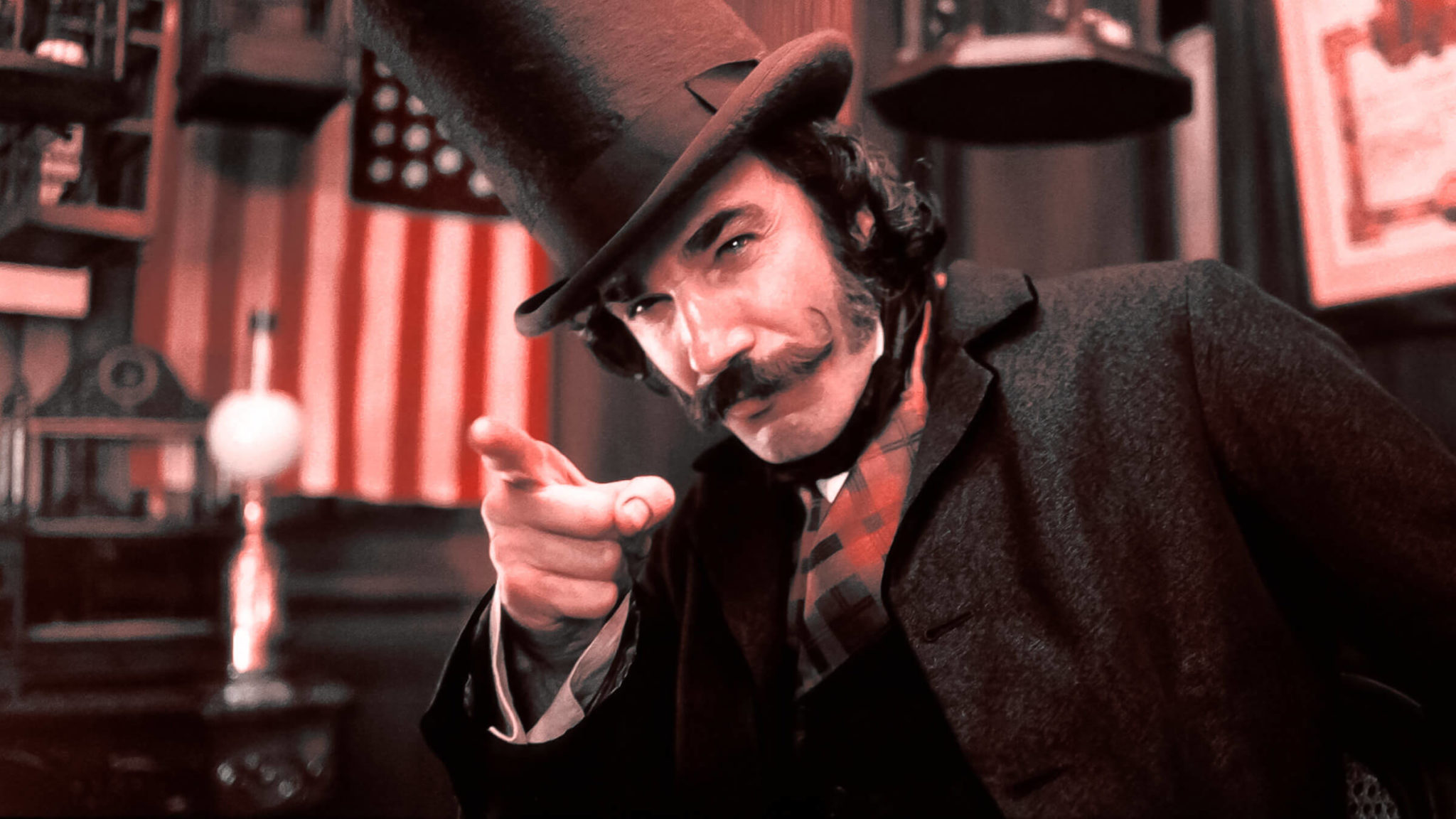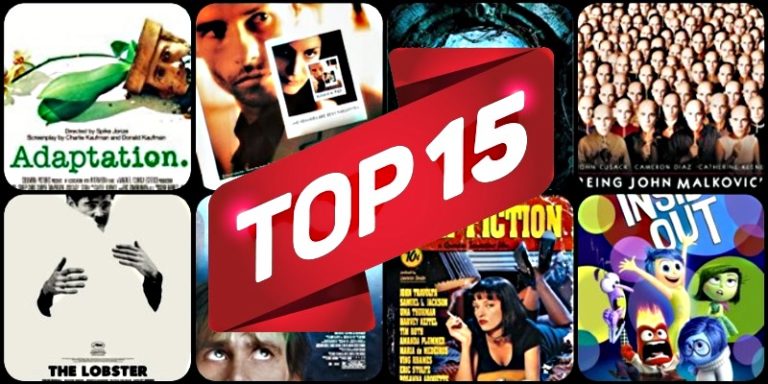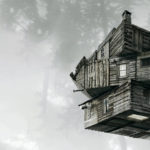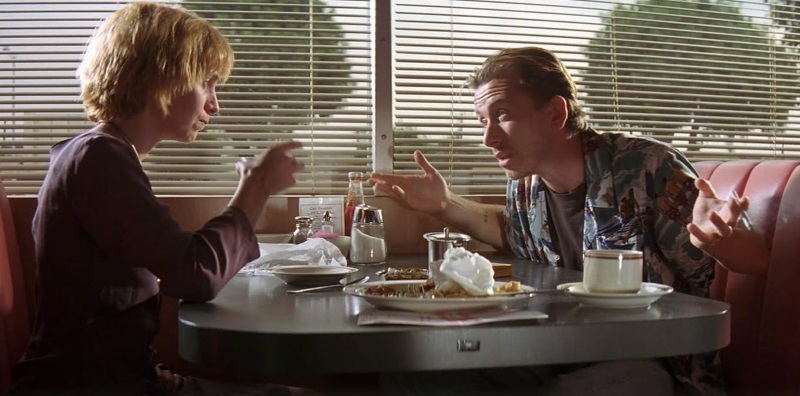
I know what you're thinking. Wait a minute. There's no “i” in “team,” there's no crying in baseball, and there's certainly no writing in improv!
True, improv comedy is a performance art in which actors spontaneously act out scenes. They're not following any sort of script; they haven't rehearsed a specific scene—they just make it up all willy nilly as they go. Of course, there's more to it than that, but you get the idea.
So how can an art form that is completely unscripted and unwritten prove valuable for screenwriters? Well, there is a set of guidelines that improv actors tend to follow to ensure that each scene is entertaining and engaging. And guess what? A lot of these guidelines also apply to screenwriting, and not just for comedy scripts but for all genres! Improvisers and writers can get along!
Establishing a Relationship
One of the first things improv students learn (after the whole “yes, and” thing) is to establish a relationship with their scene partner(s). It's recommended that when a scene begins, the actors identify how their characters know each other. Are they friends, spouses, relatives, coworkers, etc.? More importantly, what is the tone of their exchange, and how do they feel about each other? For example, if an improviser makes the offer, “Damn it, Mom, stop stealing my boyfriends!” then we understand right away who they are to each other and what the current circumstances of their relationship are. Once these points are established in a scene, improvisers have a strong foundation to build upon that will keep the audience engaged.
The same can be said for scenes in a screenplay. If the audience doesn’t know how the characters relate to each other or understand the emotions that accompany their relationship, the audience will become detached. Writers need to actively identify who the characters are and what they mean to each other for every interaction in a story. Emotions are magnetic, so as long as a character is displaying genuine emotion, the audience will be drawn in.
Movement and Action
Movement is almost always more interesting than...non-movement? Stillness? Whatever the opposite of movement is called. Watching a bunch of actors standing around on stage and talking to each other can get real boring real quick, so improvisers learn to move around the space (aka “blocking”) and pretend to do things (aka “object work”) to make scenes more visually interesting. (Moving around and pretending to do things is also what I do when I need to trick my boss into thinking that I'm working.)
The same goes for characters in a script. Movies and television are visual mediums; therefore, the writing for these mediums should be full of movement. Characters should be doing things, especially things that influence the direction of the story, but even dialogue-heavy scenes can be made more visually entertaining by giving your characters an activity to do. It doesn't have to be anything major—there's a scene in Back to the Future when Marty is trying to open a bottle of soda as he's talking to his father, George, about his mother. He keeps struggling to twist off the cap until finally George pops off the top with a bottle opener, which provides a fun little “button” for the end of the scene. It's a very minor, barely noticeable activity, but it turns a scene with two talking heads into a scene where Marty and George get to move around and do something, making it more interesting for the audience to watch.
Believability
Improv can be very fanciful and absurdist; an improv scene might feature two droids who are best friends that are trapped in a space pod, and who both learn the other droid is gay and that they've both had a crush on each other all along. It's wild, it's wacky, and I'd watch it. Inexperienced improv actors might think that because they are in a bizarre world they’ve created, nothing about real life needs to apply. But scenes should still have roots in realism in terms of basic human interaction and emotion. Characters must act and react in a way that allows the audience to suspend their disbelief. Scenes should feel real, no matter how heightened or even downright whacky the setting and plot parameters are.
Even with genres like fantasy and science fiction, where characters might be wizards or aliens or robots, the audience still needs a trace of humanity to be able to connect. They will have trouble suspending their disbelief when characters aren’t acting the way real people would generally act in reality. Like improvisers, writers should focus on making the interactions and emotional connections between characters as believable possible.
“Mapping”
Different improv schools have different names for it, but “mapping” means taking one recognizable situation and layering it over another, different situation. For example, treating a first date as though it's a job interview, or planning a wedding as if it's an elaborate heist. Another great example of this happens in a season four episode of Buffy the Vampire Slayer. A vampire named Spike tries to bite Buffy's friend Willow, but a chip has been implanted in his brain that causes him excruciating pain if he tries to harm anyone, and he discovers he's unable to chow down on her neck. What follows is a funny conversation where both Spike and Willow talk as though he's experiencing sexual dysfunction. Spike makes excuses, saying, “This sort of thing has never happened to me before!” Willow chimes in, “Maybe you were nervous?” and “Doesn't this happen to every vampire?” His inability to bite her becomes synonymous with impotence.
Mapping layers subtext into scenes and creates funny or insightful parallels, and incorporating it into your screenplay can give your writing a little more “oomph.”
“If this is true...”
Improv actors-in-training sometimes get stuck in the middle of a scene when they are not sure what line or action should come next. When this happens, improv teachers often jump in and ask, “If this is true, what else is true?” In other words, if what the actors have established so far in the scene is reality, then what else can they assume must be true based on this reality?
Writers can use this technique when experiencing writer’s block by asking themselves, very loudly in front of a mirror, “What else must be true about my character or scenario?!” They can refer back to the set of characteristics or circumstances they've established to determine what could logically happen next based on what has already happened. This also helps to create consistency with a character. If Indiana Jones is established as an adventure-seeking archeology professor whom all the ladies love, then it stands to reason that he knows how to fly planes and speak foreign languages and ride motorcycles and please women and punch bad guys and give lengthy monologues about the final resting place of the Ark of the Covenant.
In general, the elements that make for good improvisation and good written storytelling share the same DNA. A strong connection between characters. Movement and visuals. Believable and consistent actions and emotions. Following these improv guidelines can help writers create an engaging, emotionally rich, and cinematic story. Finally, this long, horrific, bloody war between improvisers and writers can come to an end!
Guest post by Caitlin Durante. Caitlin is a comedian, writer, and professional script reader. When she’s not doing those things, she’s watching Back to the Future and wishing she wrote it. You can follow her @caitlindurante .
Get Our Screenwriting Newsletter!
Get weekly writing inspiration delivered to your inbox - including industry news, popular articles, and more!






